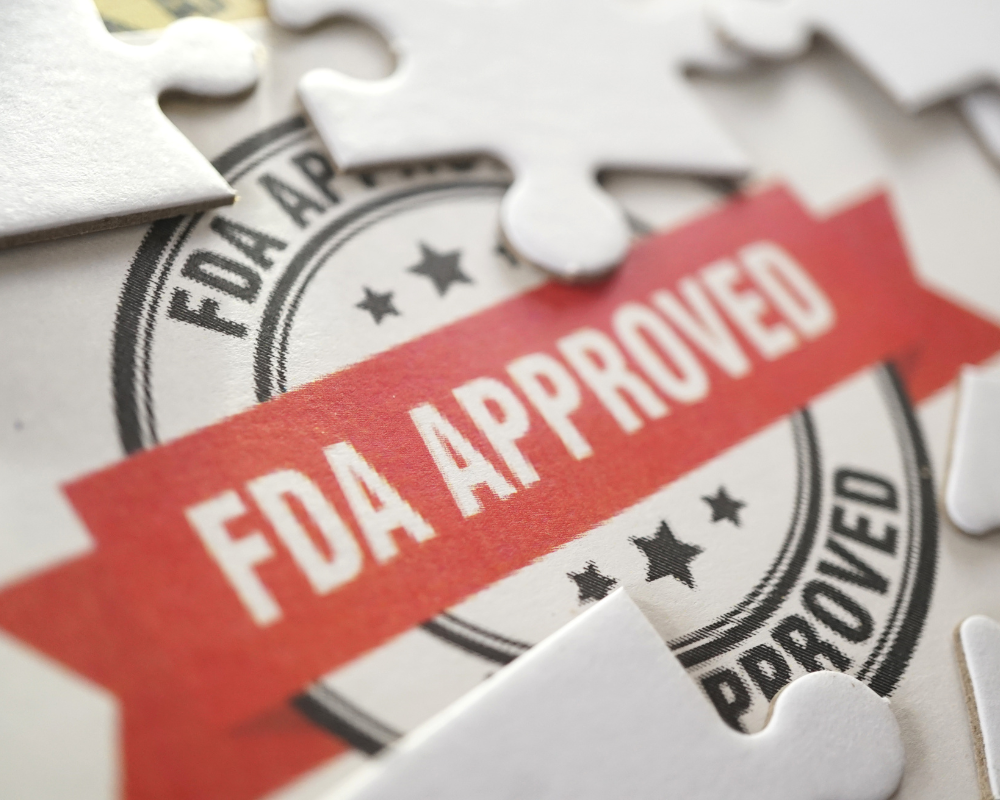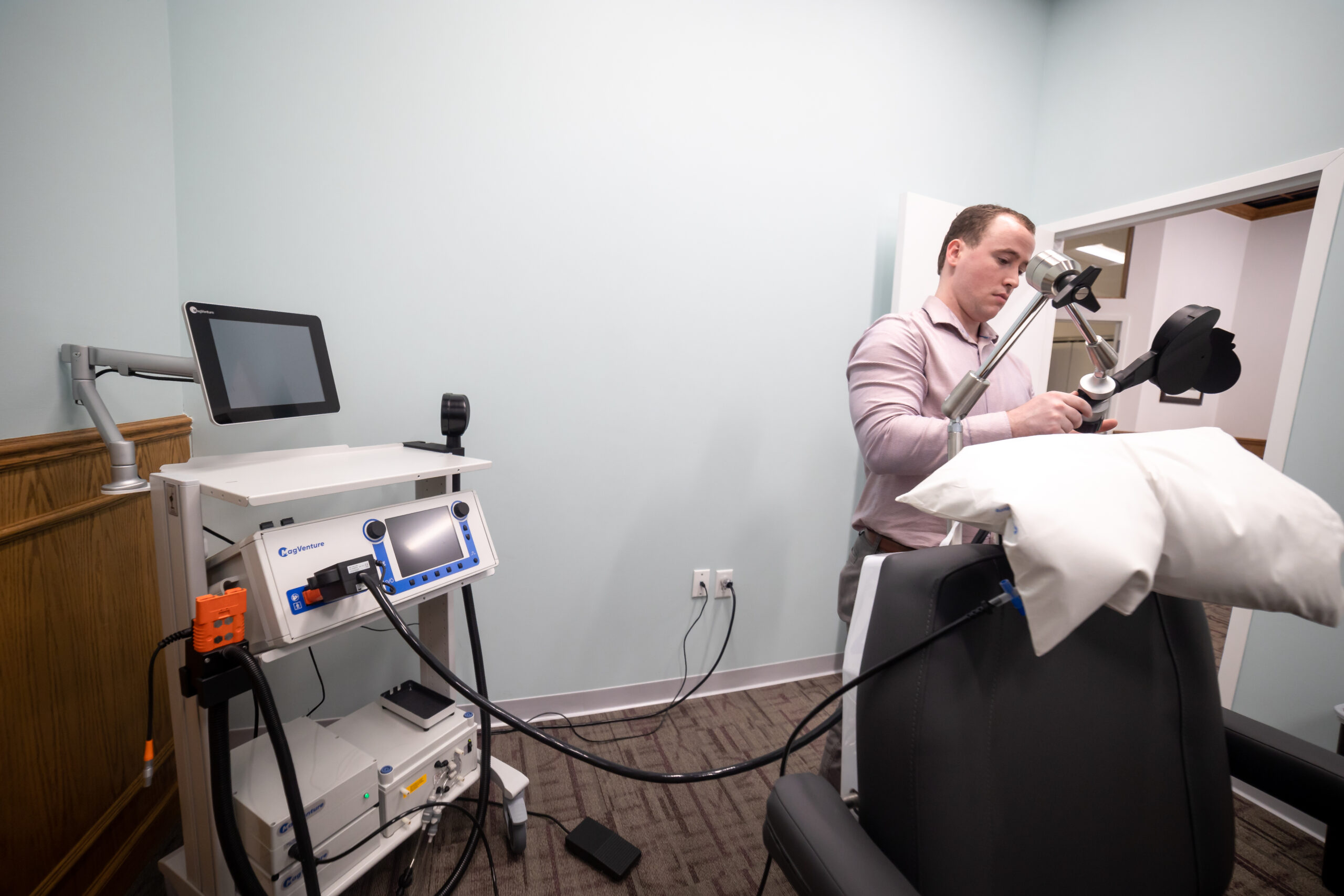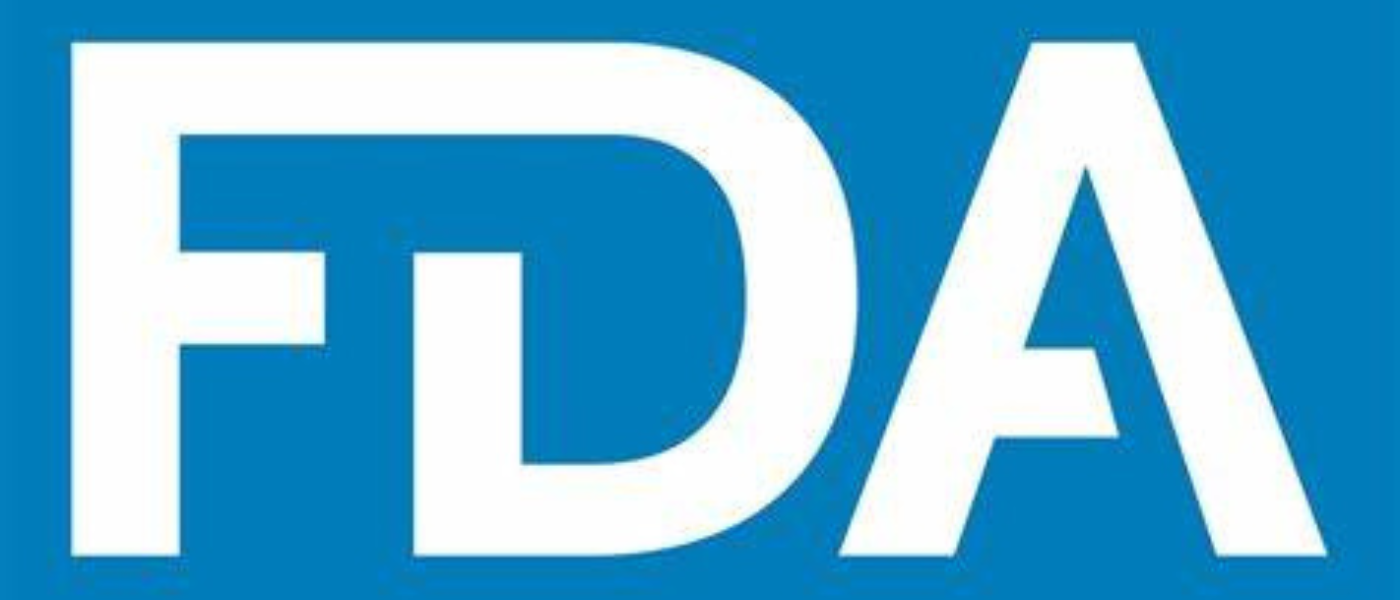The journey of transcranial magnetic stimulation (TMS) from an experimental neuroscience tool to an FDA-approved treatment for depression is a story filled with persistence, scientific rigor, and a quest to improve mental health treatment. Today, we’re diving deep into the pivotal study that paved the way for TMS therapy’s recognition.
Laying the Groundwork: The Early Days of TMS
In the early stages of TMS development, scientists were exploring an entirely new frontier. Since Anthony Barker’s first successful TMS machine in 1985, the scientific community had been buzzing with potential applications for this novel technology. However, to move from experimental trials to mainstream medical use, TMS needed to prove its worth in rigorous, large-scale clinical trials.
The Turning Point: The Pivotal Study
The study that eventually led to the FDA approval of TMS for depression was carried out in 2007. The research design was robust, featuring a double-blind, randomized controlled trial — the gold standard in clinical research. The study enrolled 301 patients suffering from major depression who had not responded to at least one round of antidepressant medication.
This trial aimed to test the efficacy of TMS therapy as an antidepressant treatment. The results were promising: patients undergoing TMS therapy showed a statistically significant improvement in their depression symptoms compared to those in the control group.
The groundbreaking clinical trial that paved the way for TMS’s FDA approval was spearheaded by Dr. Mark S. George from the Medical University of South Carolina, and Dr. David Avery from the University of Washington School of Medicine, among others. Funded by Neuronetics Inc., the trial sought to assess the safety and efficacy of TMS as a treatment for major depressive disorder (MDD) in patients who had failed to respond to at least one antidepressant during the current episode.
The trial used specific parameters to determine the optimal intensity and frequency of TMS therapy. Sessions were carried out five times a week for six weeks, with each session lasting approximately 37.5 minutes. The stimulation was applied to the left dorsolateral prefrontal cortex at an intensity of 120% of the motor threshold. The frequency was set at 10 Hz, and each train of stimulation lasted for 4 seconds, with an inter-train interval of 26 seconds.
Participants of the study were carefully selected to ensure that the results were as valid and reliable as possible. Patients with psychotic symptoms, bipolar disorder, substance abuse disorders, or a significant risk of suicide were excluded from the study. Side effects were carefully monitored throughout the study, with the most common ones being scalp discomfort and headache during the treatment session. These side effects generally lessened over the course of the trial.
The study’s primary efficacy endpoint was the change from baseline to day 28 in the Montgomery-Asberg Depression Rating Scale (MADRS) total score. The secondary efficacy endpoints included response rate, remission rate, and changes in various other depression and quality-of-life scales.
At the end of the trial, the patients who received TMS therapy had significantly improved their MADRS scores compared to those who received the sham treatment. The response and remission rates were also notably higher in the TMS group.
Upon conclusion of the trial, the study’s authors noted, “These results support the safety and effectiveness of TMS as a monotherapy for patients with major depression who have not benefitted from prior antidepressant medication.” This significant outcome from the study provided substantial evidence for the FDA to grant approval for the use of TMS in treating major depressive disorder in 2008.
What This Meant for TMS Therapy
The implications of this study were vast. For the first time, there was large-scale, high-quality evidence to support the use of TMS as a treatment for depression. This crucial trial demonstrated that TMS therapy could be an effective, well-tolerated treatment option for patients who had failed to respond to conventional treatments.
Following the positive outcomes of this study, in 2008, the FDA granted clearance for the use of TMS as a treatment for major depressive disorder. This marked a turning point in the field of mental health treatment, offering a new, non-invasive treatment option for patients struggling with depression.
The FDA clearance in 2008 for the use of TMS in treating major depressive disorder marked a watershed moment in the field of mental health treatment. The decision was made based on the robust evidence provided by the large clinical trial led by Dr. Mark S. George and his team. The FDA’s green light not only affirmed the effectiveness of TMS therapy but also provided a boost to the mental health field, bringing forth a novel, non-invasive option for treating major depressive disorder.
This approval opened up a plethora of opportunities for TMS therapy. It spurred research into its application beyond depression, prompting scientists to explore its potential in treating a range of neurological and psychiatric conditions.
Over the years, multiple studies have been conducted to investigate the efficacy of TMS in conditions like anxiety, post-traumatic stress disorder, and obsessive-compulsive disorder. As such, the FDA’s decision in 2008 to approve TMS therapy was not just a victory for this particular treatment, but a turning point that continues to influence the trajectory of mental health treatment and research.
The Journey Continues
Since its FDA approval, the applications of TMS therapy have continued to expand, with research ongoing for conditions such as anxiety, PTSD, and even Alzheimer’s. However, the 2007 trial remains a milestone in the journey of TMS, a testament to the power of rigorous research and scientific innovation in shaping mental health treatment.
References and Research
Anthony T. Barker: The Man Behind Transcranial Magnetic Stimulation (September 2020)
Transcranial magnetic stimulation (TMS) in controlled treatment studies: are some “sham” forms active? (April 2003)
FDA clears NeuroStar TMS Therapy for the treatment of depression (October 2008)
Repetitive Transcranial Magnetic Stimulation (rTMS) Systems – Class II Special Controls Guidance for Industry and FDA Staff (January 2011)
Mechanisms and Effects of Transcranial Direct Current Stimulation (February 2017)





